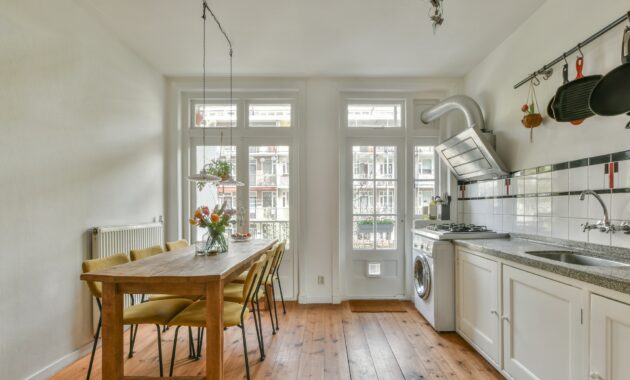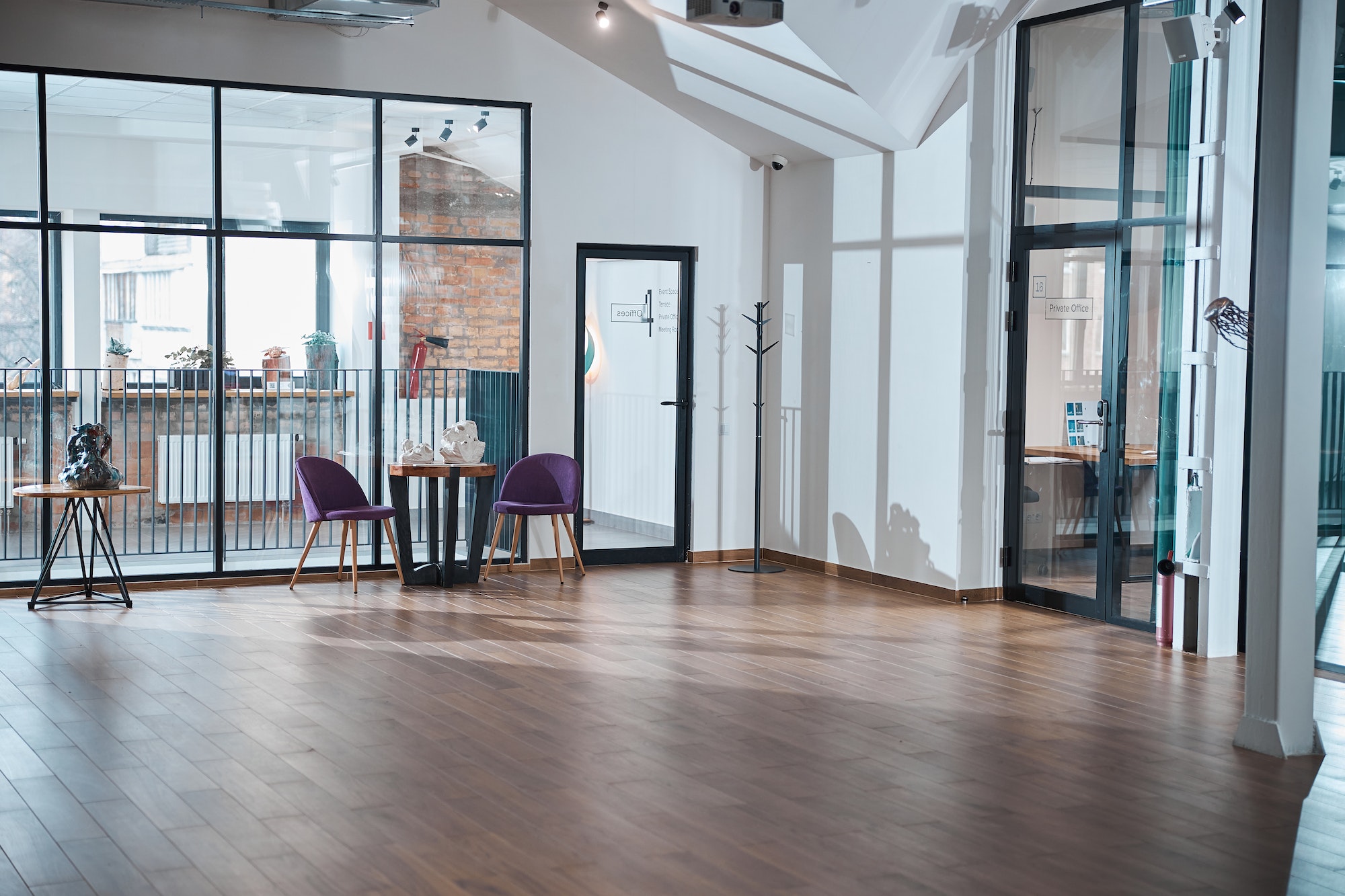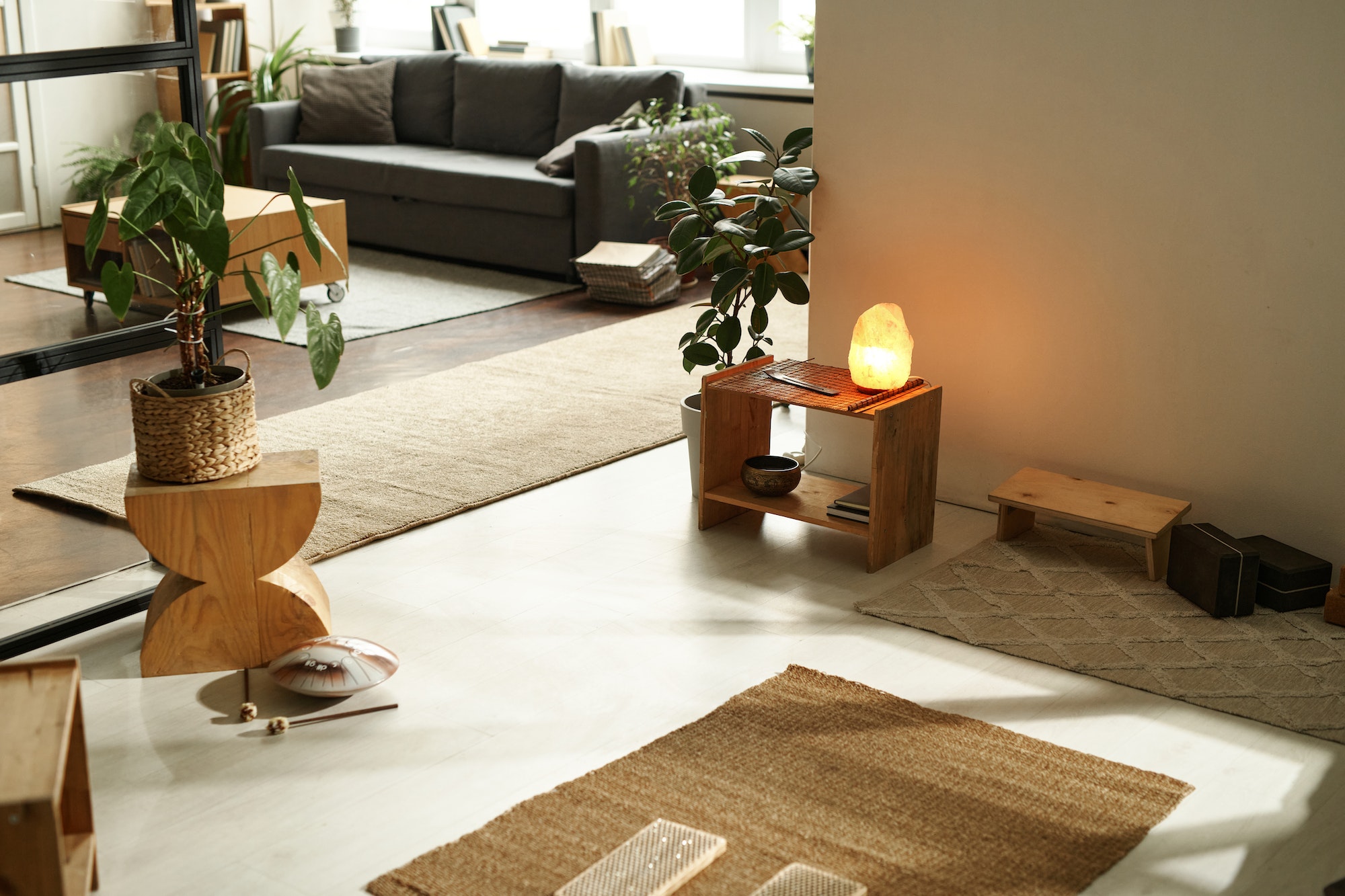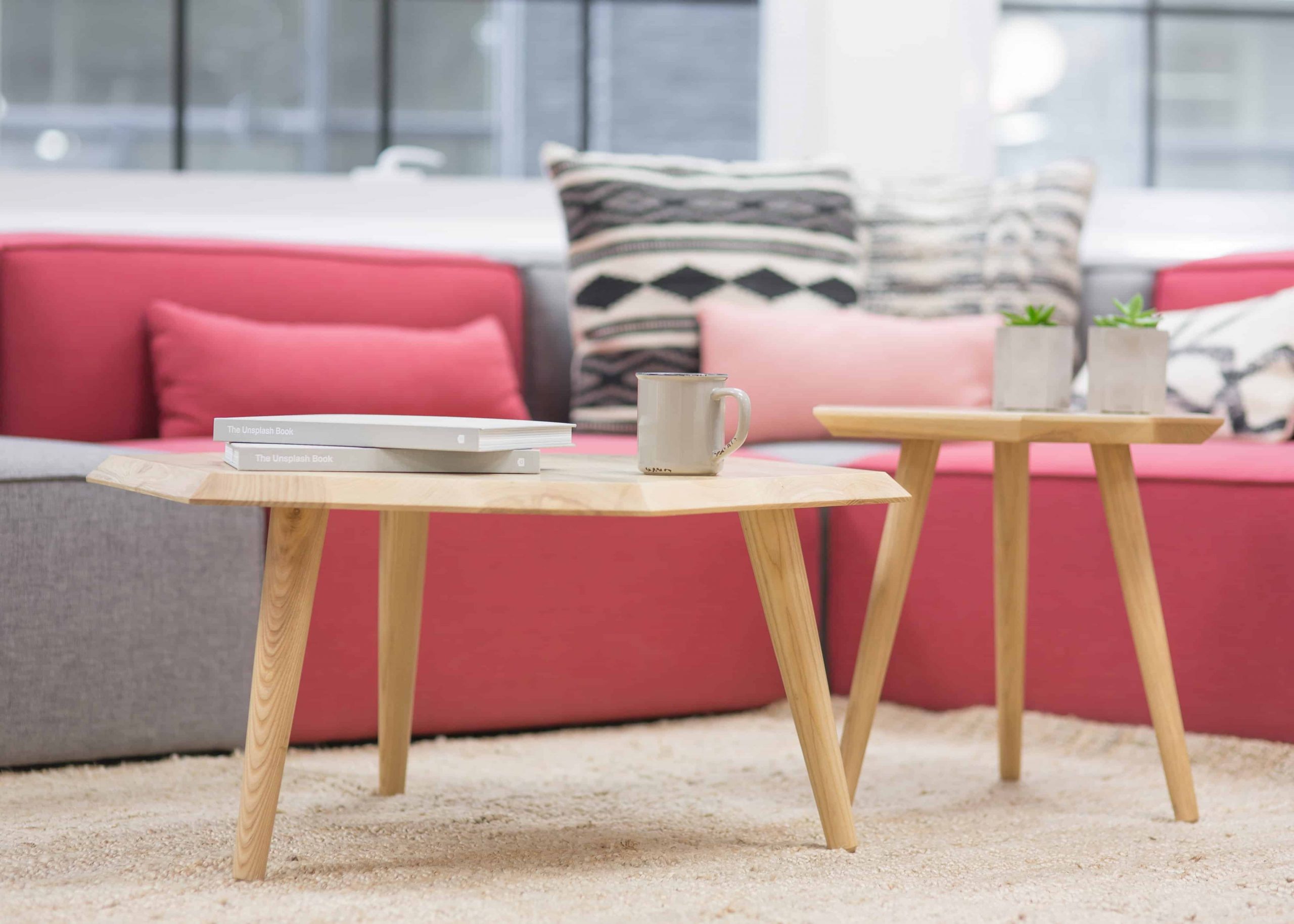Hardwood floors are a popular choice for many homeowners due to their aesthetic appeal, durability, and low maintenance. However, like any other flooring material, hardwood floors are susceptible to damage from bugs and pests. In this article, we will discuss some tips and tricks regarding how to prevent bugs in your hardwood floors and keep them looking beautiful and pest-free.
Keep your floors clean and dry
Bugs and pests are often attracted to damp and dirty areas, and hardwood floors that are left wet or dirty can create an ideal environment for them to thrive. When moisture gets trapped in the wood, it can create a breeding ground for insects, including termites, beetles, and carpenter ants. Moisture can also damage hardwood floors, leading to warping, cupping, and other issues.
Sweeping and vacuuming your hardwood floors regularly can help prevent the buildup of debris and dirt that can attract bugs. Additionally, wiping up any spills or moisture immediately can help prevent moisture from seeping into the wood.
Whether it’s your home or a furniture storage unit, if the hardwood floors are located in a high-humidity area, it is especially important to take steps to keep it dry. Using a dehumidifier can help control the humidity in the air and prevent moisture from building up.
Seal gaps and cracks

Gaps and cracks in hardwood floors provide easy access points for pests to enter your home and hide and cause damage underneath. Pests can cause significant damage to hardwood floors, which can lead to costly repairs.
Termites, in particular, are known to tunnel through the wood, and they often enter homes through tiny cracks. Other kinds of bugs, such as ants and beetles, can also use gaps and cracks to enter your home, and once inside, they can quickly establish a colony and cause further damage to your flooring.
In addition to sealing any openings in your hardwood floors, it is also essential to seal gaps around windows, doors, and baseboards. These areas are common entry points for bugs and pests, and before you know it, they’ll be in your kitchen cabinets, floors, or closets.
Wood filler, caulk, or other sealing materials can be used to fill in gaps in your floors. These materials not only prevent bugs from entering, but they also help keep your floors looking their best by reducing the appearance of random holes or imperfections.
Store firewood away from your home
Many types of bugs tend to be attracted to wood and may migrate from a woodpile to your hardwood floors. The heat and moisture from the woodpile provide a perfect breeding ground for insects.
Once bugs establish a colony in the firewood, they can quickly (and happily) move from it to hardwood floors — and then you’ve got a bigger problem on your hands.
For this reason, make sure that you store firewood at least 20 feet away from your home. Firewood should be stacked on a raised platform or concrete slab to prevent moisture from seeping into the wood, which can attract bugs.
It is important to inspect firewood for signs of insect activity before bringing it inside your home. Pests such as termites and beetles can lay eggs in firewood, which can hatch and infest your hardwood floors once the wood is brought indoors.
Use insect repellent
Insecticides are chemicals that are specifically designed to kill insects. They can be used to create a barrier around the perimeter of your home in order to prevent pests from entering. Insecticides can also be applied directly to your hardwood floors to kill any pests that are already present.
It’s important to note that some insecticides can be toxic to humans and pets, and it is absolutely necessary that you follow the manufacturer’s instructions and use these products with caution.
Natural oils such as peppermint oil, cedarwood oil, and eucalyptus oil are also effective at repelling bugs. These oils can be applied to your hardwood floors and around your home to create a barrier that pests will avoid. Natural oils are non-toxic and safe to use around humans and pets, making them a great alternative to chemical insecticides.
Conclusion
Preventing bugs in your hardwood floor requires a proactive approach. Taking these simple steps can help ensure that your hardwood floor remains beautiful and pest-free for years to come.
Discover more from Futurist Architecture
Subscribe to get the latest posts sent to your email.



